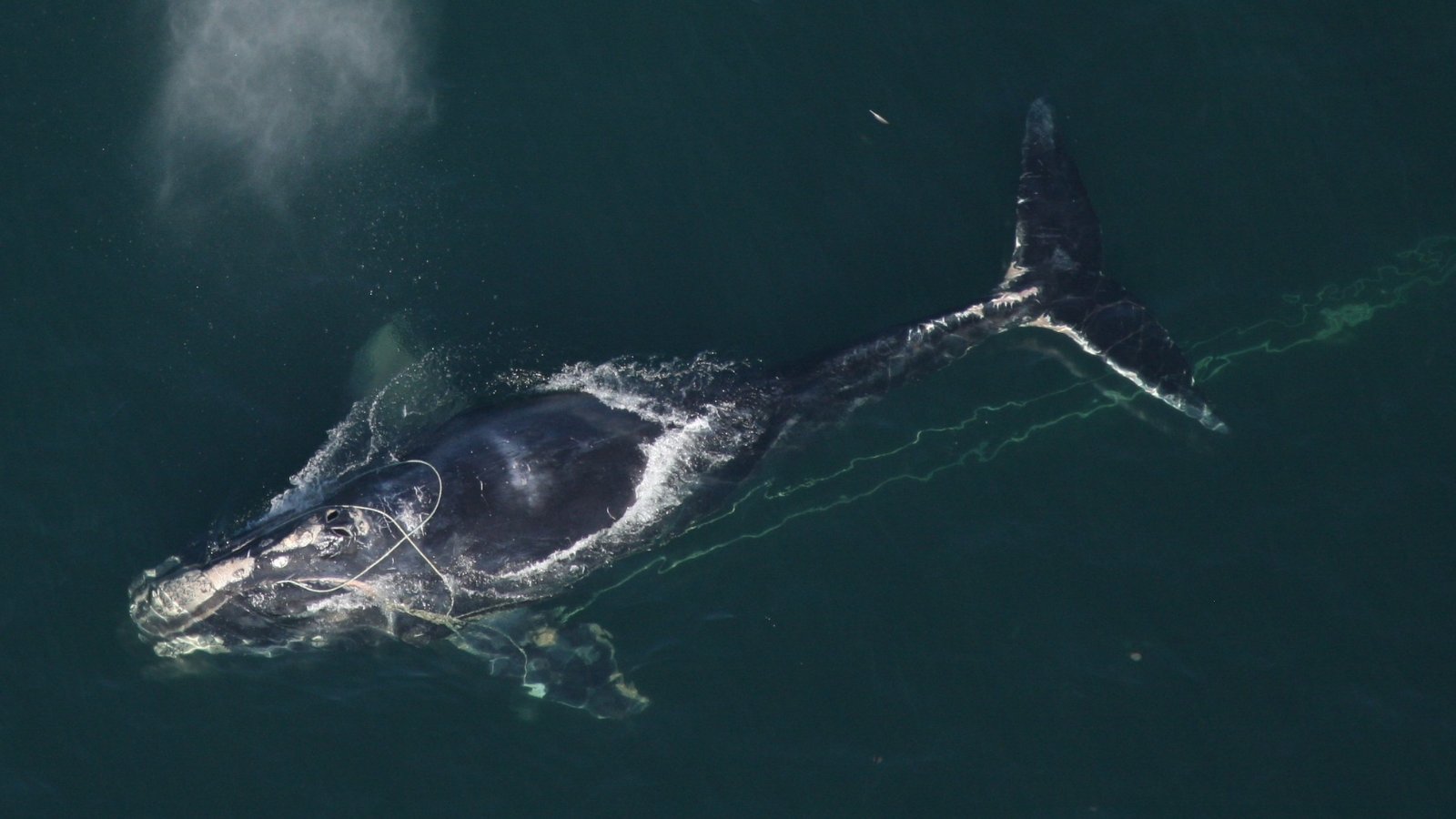
Save the Whales
Endangered right whales are dying off our coast. Here’s how we save them
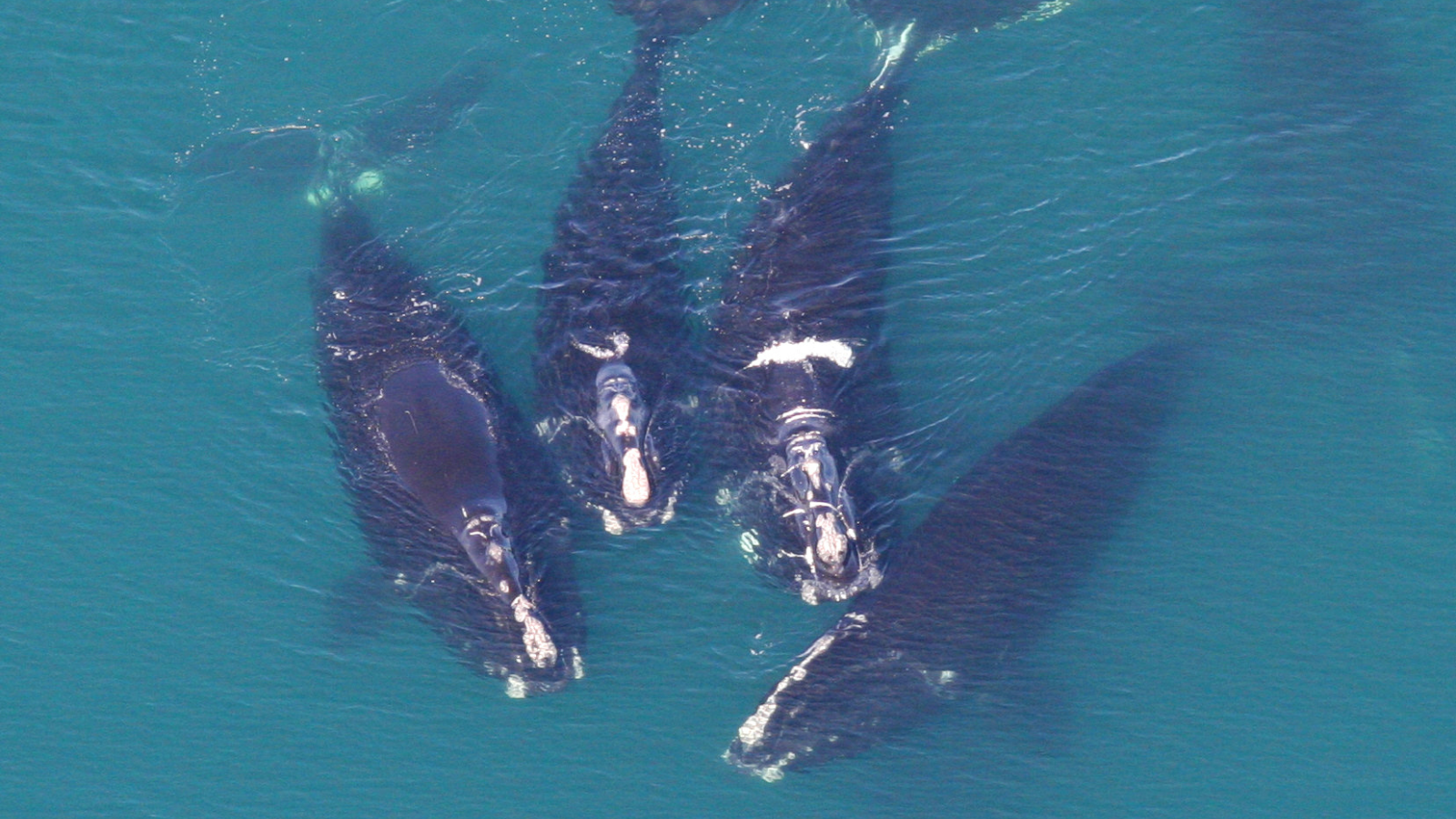
We can’t let this species go extinct on our watch.
Every winter, a lucky few along the coast of South Carolina, Georgia and Florida will catch a glimpse of a right whale mom swimming alongside their newly-born calf. The babies, which are already 14 feet long at birth, will spend a few months along the coast in the Southeast with their moms before they travel together to spend the summer off the coast of New England and Canada, where their mothers feed in the rich, cold northern waters.
The sight of one of these whales is incredible, but far too rare: today, these amazing whales are on a path towards extinction. But if we act now, we can save them.
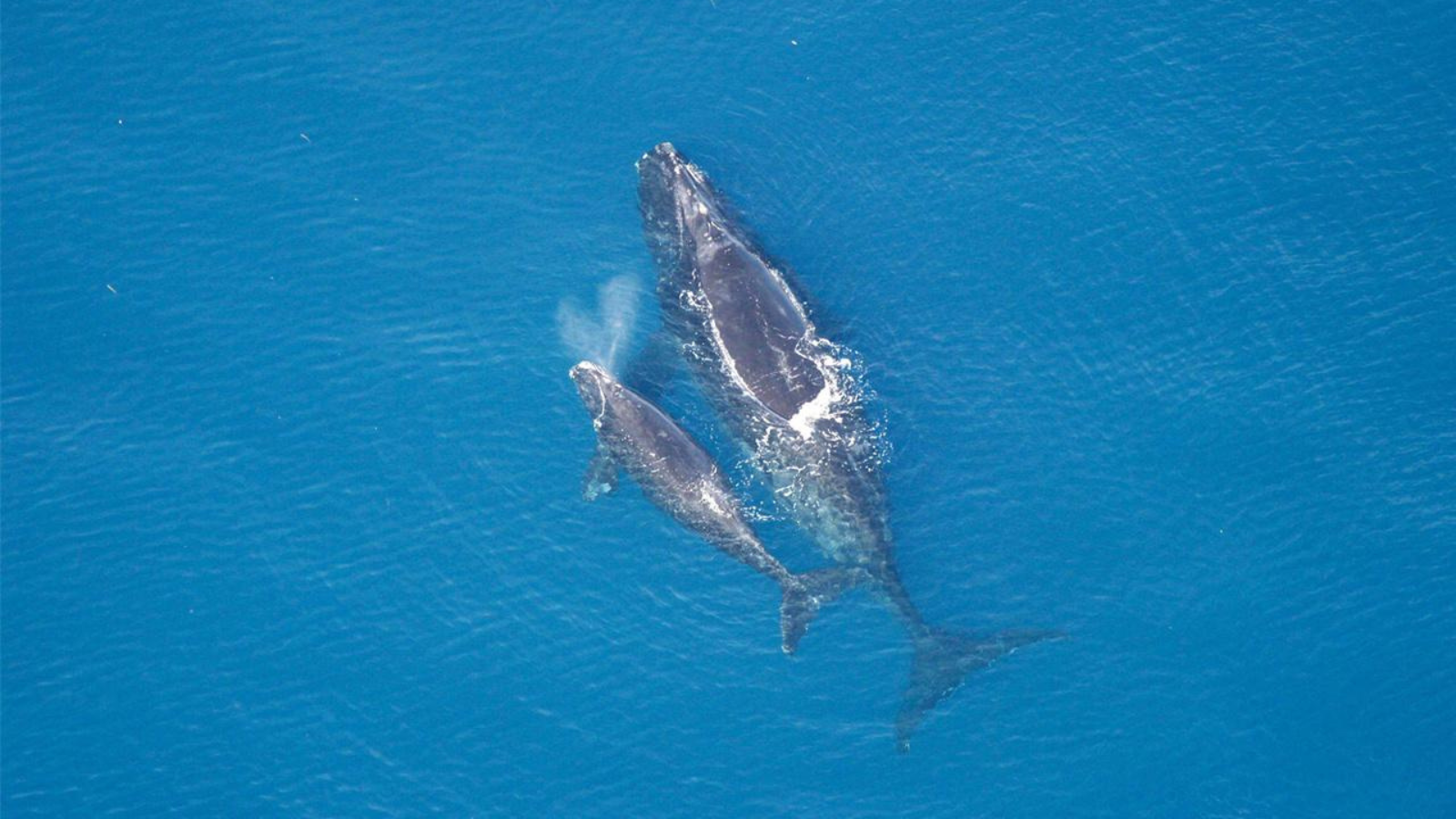
Our most endangered ocean neighbors
North Atlantic right whales are one of the great whales: when fully grown, they are about the size of a school bus. But these gentle giants, like the blue, humpback and minke whales that also live in the Atlantic, are filter feeders, eating small crustaceans and zooplankton. Right whales communicate with one another using low-frequency moans, and are occasionally spotted socializing at the surface.
Right whales have lived in the Atlantic for centuries. Before the start of industrial whaling, scientists estimate that there were around 10,000 right whales living in the North Atlantic. But as “urban whales” that live close to shore and swim slowly, floated at death and yielded a lot of whale oil, right whales became the “right” whale to hunt during the height of the whaling industry.
This targeted whaling led the whales’ population to crater, nearly driving them to extinction by the 1890s. Following a 1935 international agreement to end the hunt for this vanishing marine mammal, right whales began a slow recovery. By 2010 the number of right whales swimming off our shores was around 480 individuals.
Then in 2017, right whales’ population once again began a steep decline. Today, only about 360 right whales are thought to be alive.
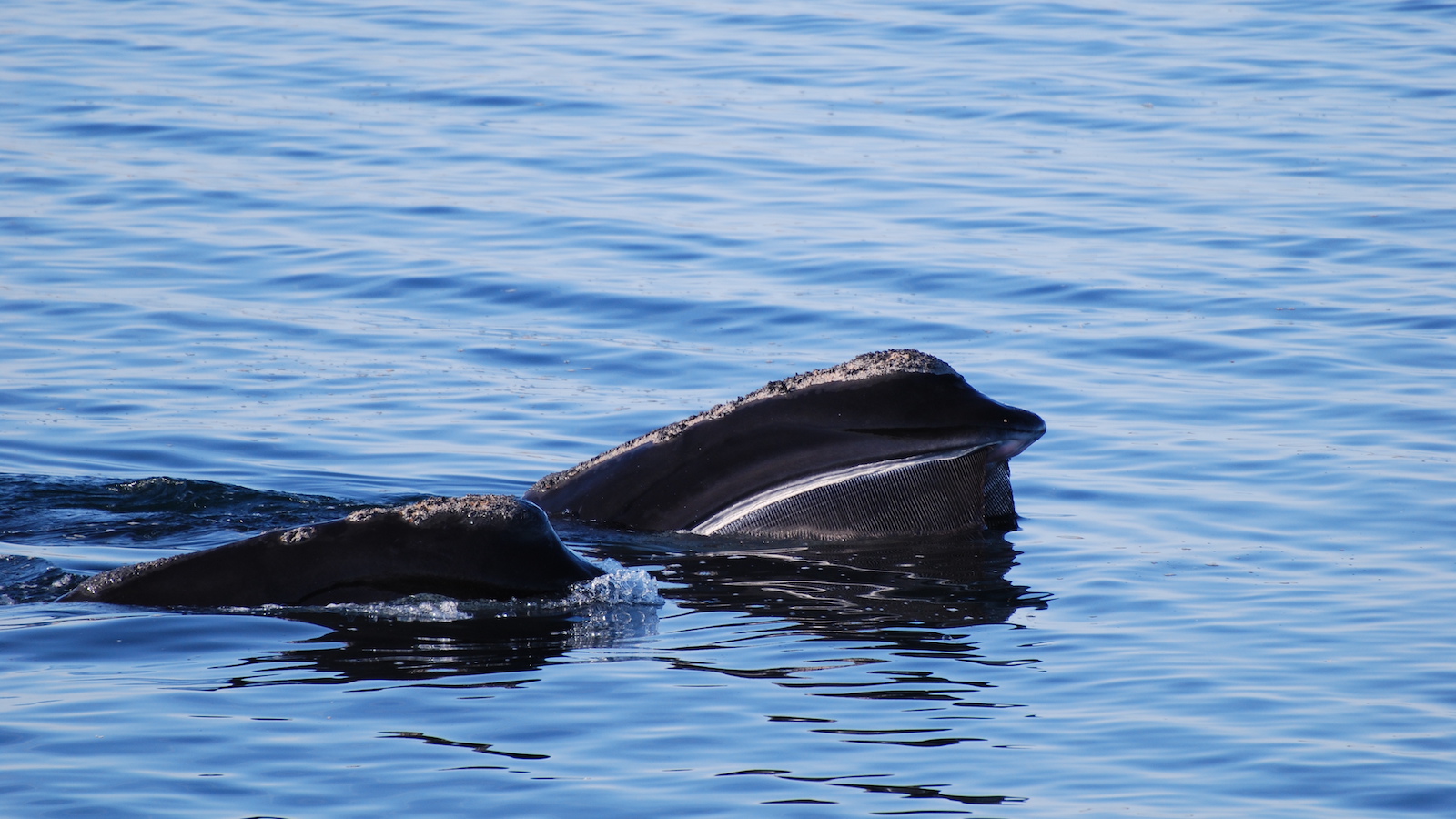
We’re once again driving this species to extinction
While the formal hunt for right whales has long been over, their life close to the coast and often near the surface makes them vulnerable to our activities in the ocean.
Today, the largest threats facing right whales is once again human activity.
From Florida to cold Canadian waters, right whales risk getting run over by boats, which just like car crashes on land, can injure and kill the whales. Meanwhile, right whales feeding in North Atlantic waters get entangled in fishing gear commonly used to catch lobster and crab, entanglements which can cause serious injury and death.
Since 2017, NOAA has documented 39 right whale deaths. The agency calls this an “unusual mortality event.” Of the whales they could examine, 23 had been killed by vessel strike or entanglement.
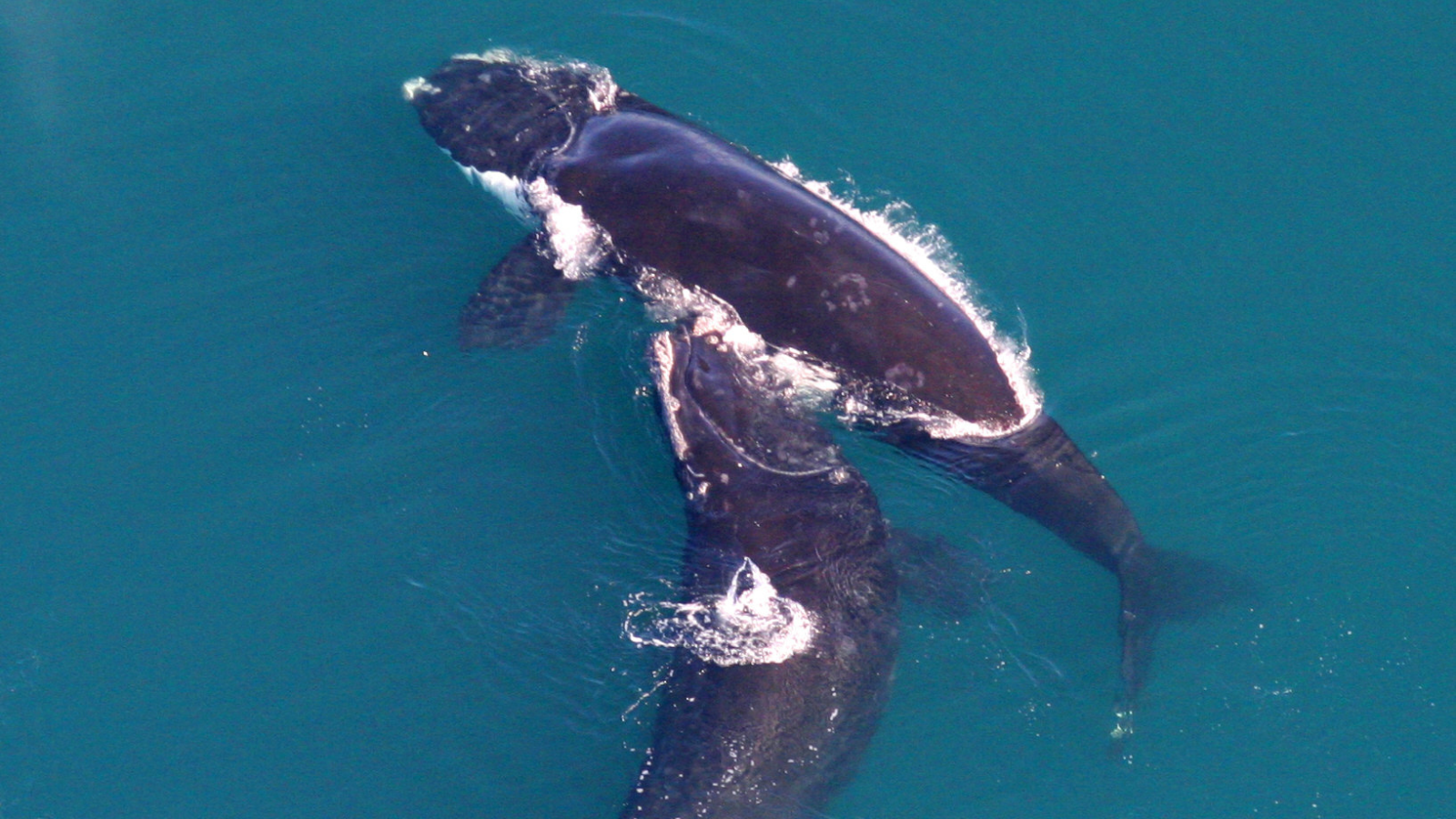
Common sense speed limits could save right whales
Because of their dark color and low profile, right whales are often difficult to spot from the bow of a boat. This means that boats of all sizes sailing quickly through coastal waters during certain times of year run the risk of running over these whales and their calves.
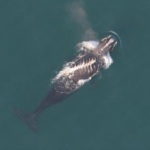
Boats that collide with right whales can injure and even kill them.Photo by NOAA | Public Domain
Just like when a car crashes into a pedestrian, these boat strikes can cause serious injuries and death. Since 2017, 16 whales have died or been seriously injured by boats. Since 2020, three right whale calves have died from vessel strikes.
One of those right whale babies was born in December 2019 to Snow Cone, a first time right whale mother. The young male calf and its mother made an unusual trip into the Gulf of Mexico, where onlookers marveled at the rare sight, before returning to the Atlantic coastline. During that trip, the young right whale was struck twice by boats weeks apart. He was found dead in June 2020 off the coast of New Jersey with propeller scars across his head and tail, and wounds from the rudder and part of the hull along his body. The next year, Snow Cone was entangled herself, and hasn’t been seen since 2022.
Boat strikes are preventable: if boats slow down to 10 knots during seasons when right whales are likely to be around, the boat captains will have enough time to spot whales in the water and avoid collision.
Right now, only very large boats (65 ft. longer or bigger) are required to slow down in certain areas during right whale season. But we know that smaller boats also pose a fatal threat to whales, particularly young ones: scientists believe the boat that fatally hit right whale Juno’s calf was between 35-57 ft. in length.
To avoid tragedies like this, we need to ensure more boats are going slow when right whales are in town. This common sense solution should be familiar to all of us: in school zones, we lower the speed limit to allow drivers more time to spot kids dashing into the street and stop. We don’t just expect large trucks to slow down; we slow down all drivers because even smaller cars can cause severe injuries.
Right now, the Biden administration is considering new rules that would limit vessel speeds and give right whales safe passage down our coastline–but they’re also hearing from industry interests that oppose the expansion of slow zones to smaller boats.
We need people who love whales and our oceans to make their voices heard with the Biden administration right now. If enough people speak up to save the whales, we can make sure the administration implements this common sense solution that can give right whales a new lease on life.
Whale-safe lobster should be on the horizon
Entanglement in fishing gear is a brutal experience for right whales. As they filter feed at the surface or swim in the water column, the whales can accidentally swim into the vertical lines connecting a surface buoy and traps below, catching these strong lines in between their baleen or around their tails.
When they struggle to break free, they can become even more entangled in the lines, dragging heavy traps behind them as they swim. If they fail to break free, the whales can die of exhaustion or drown. Even if they succeed in breaking free, they are often injured and at greater risk for infection. The effort they expend freeing themselves will make it less likely that they can reproduce that year.
And even if they initially survive an entanglement, the gear can still spell demise. In August 2022, a young right whale, born to first time right whale mother Squilla during the 2021 calving season, was spotted with fishing gear tangled around her tail. While she was able to free herself of some of the gear, scientists warned that if her tail remained entangled, it would be fatal: as she grew, the rope would dig into the whale’s flesh, causing injury and risk from infection. In February 2024, those dire warnings proved true when the now three-year-old whale washed ashore dead, rope still wrapped around her tail.
The experience of entanglement is all too common for right whales. NOAA estimates that over 85% of right whales bear scars from entanglement.
Thankfully, the technology already exists to end this terrible threat. On-demand or ropeless gear, which eliminates vertical lines through a combination of GPS or acoustic transponders and inflatable buoys, has been in use in Australia’s rock lobster industry since 2012, and is being tested in New England and California.
By transitioning the industry to this whale-safe gear quickly, we can eliminate the risk entanglement poses to right whales. Already, some of the lobstermen who have tried out the gear are open to making the switch. But to make the transition faster, the industry and its supporters in Congress and the Biden administration need to hear from consumers and companies that they want to purchase whale-safe seafood caught with on-demand gear.
That’s why we’re building public support for policies to fund the development of ropeless gear and promote it, as well as calling on companies like Red Lobster to commit to buying whale-safe seafood.
Save right whales, save all whales
Right whales might be our most at-risk whale, but they are not the only great whales threatened by entanglement and vessel strikes. Humpback whales, sperm whales, minke whales and more have also been seen entangled off of the U.S. East Coast, and an analysis of humpback whales in the Gulf of Maine found that 14% of photographed whales had injuries consistent with vessel strikes.
If we take action to protect the Atlantic’s most endangered whales, the solutions we implement will help other whales still recovering from whaling. Reducing fishing lines in the water through the adoption of ropeless gear and slowing down boats can help give all whales safe passage along our Atlantic coast.
We can’t really know what our ocean would have looked like 400 years ago, before the advent of industrial-scale whaling that decimated these intelligent, social and majestic mammals. An ocean full of whales is something no one alive today has ever seen.
But together, by taking action to save right whales and all our whales, we can envision a better future, one where the sight of a right whale breaching isn’t rare–just amazing.
Topics
Authors
Kelsey Lamp
Director, Protect Our Oceans Campaign, Environment America Research & Policy Center
Kelsey directs Environment America's national campaigns to protect our oceans. Kelsey lives in Boston, where she enjoys cooking, reading and exploring the city.
Find Out More
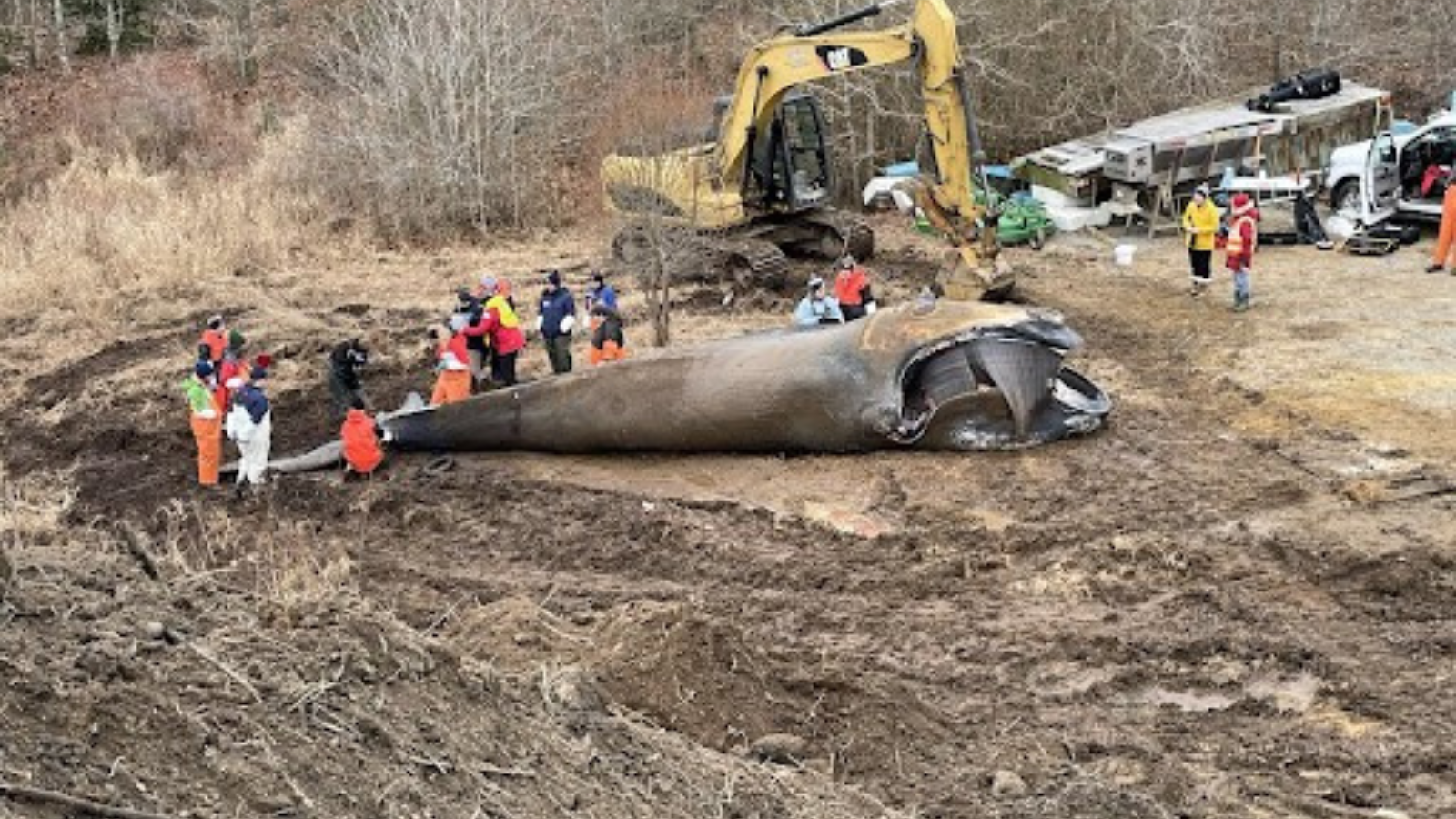
Update: stranded right whale was entangled in Maine fishing gear
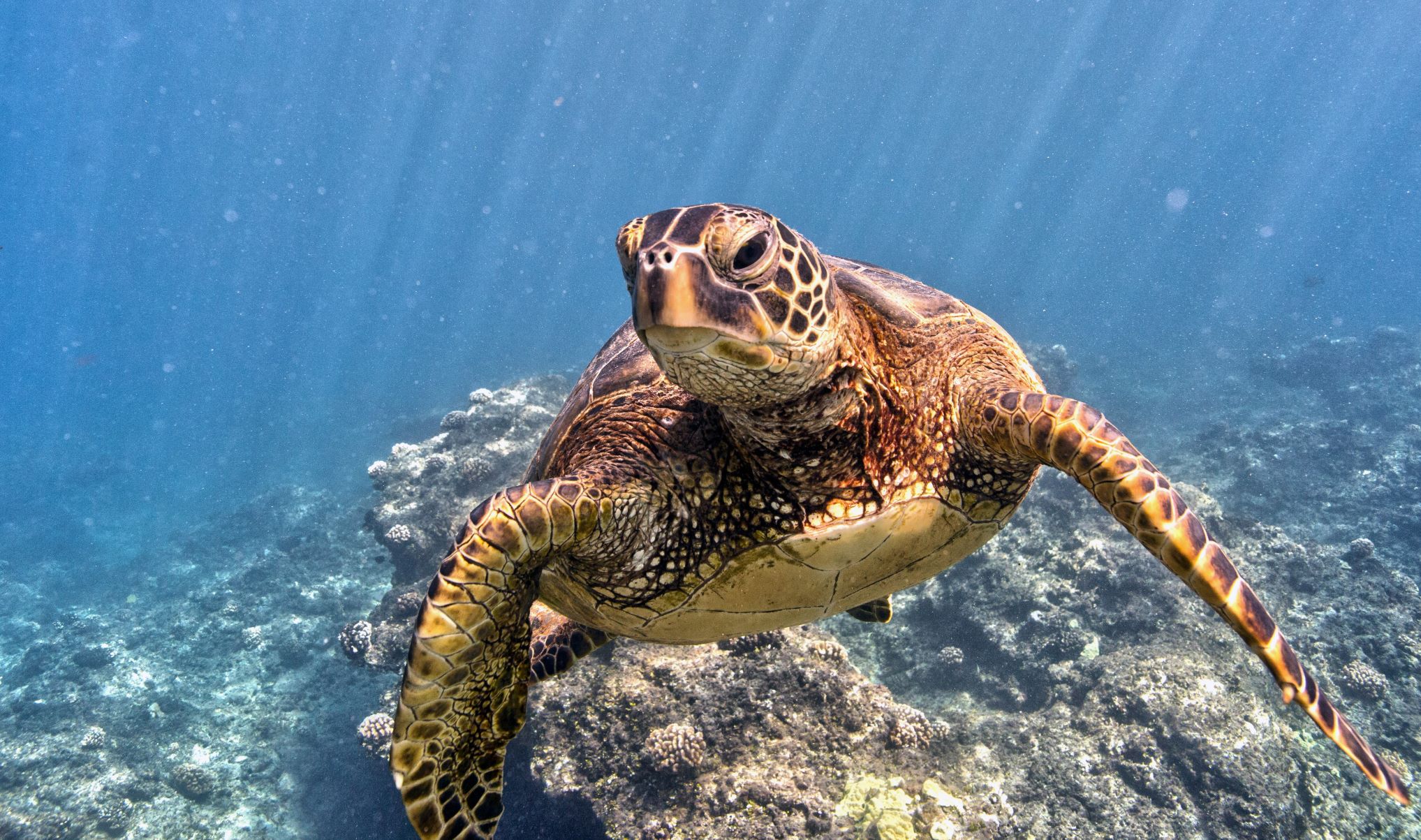
Marine protected areas are the best hope for the ocean – but only if the protections are real
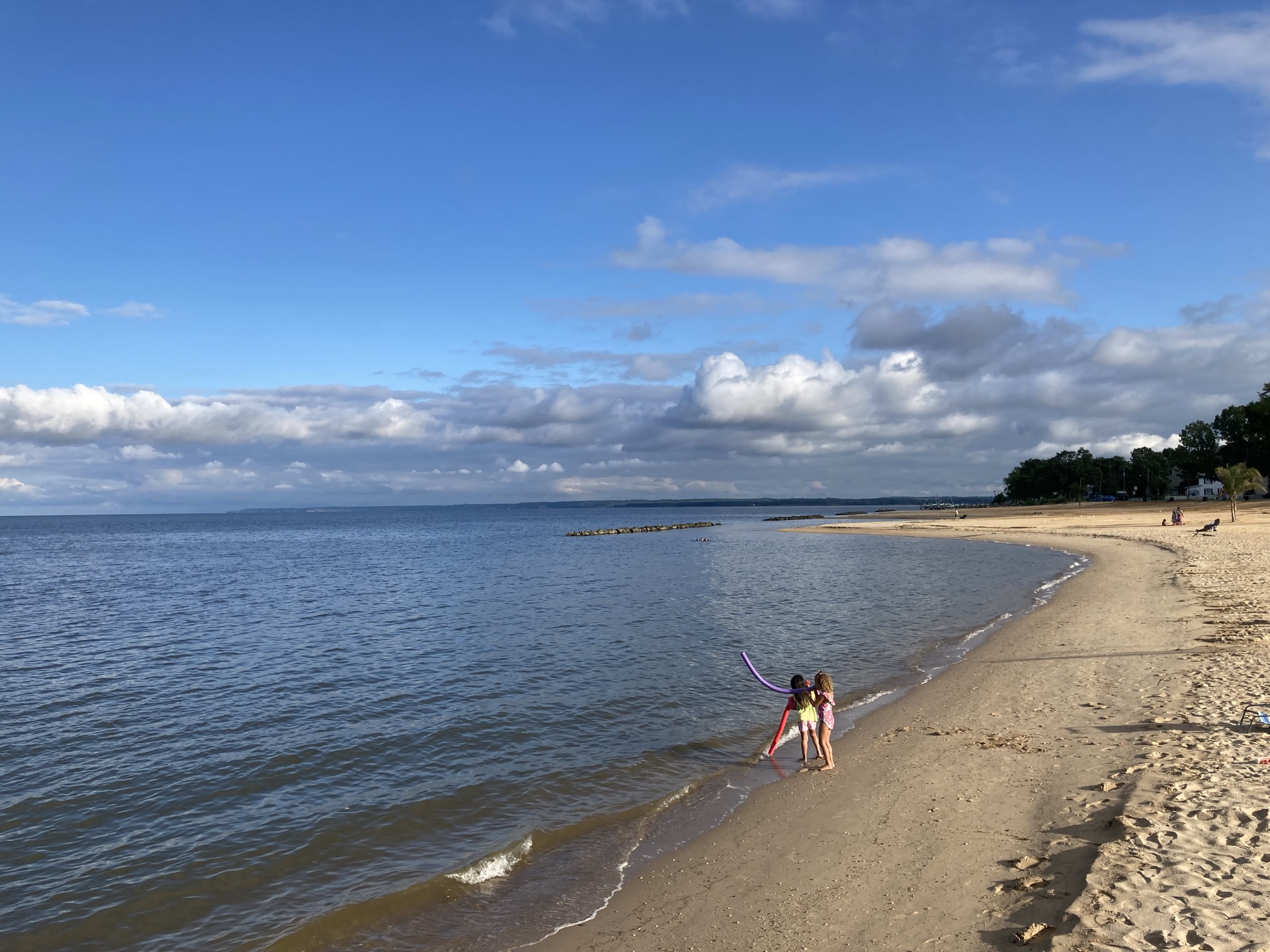
Has PFAS contaminated your beach?


